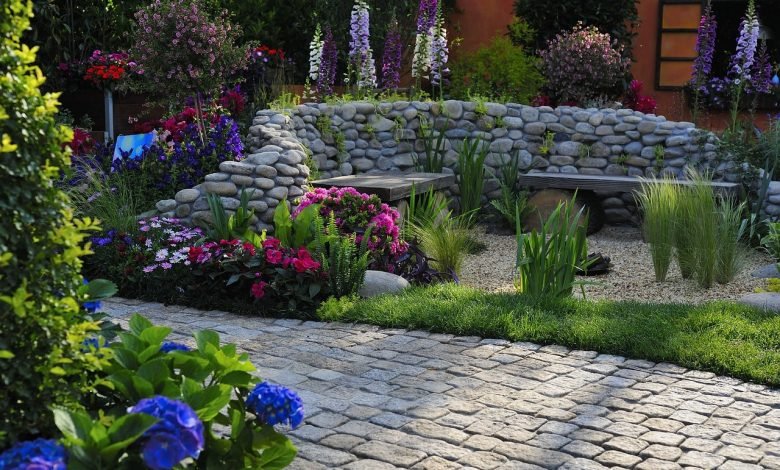Easy Ways to Make Your Back Garden More Functional

When it comes to how appealing a property is to most homebuyers, the amount of available garden space is usually a solid selling point. Having plenty of space in your back garden leaves a great deal of potential for someone to utilize the space in a variety of ways.
However, just because a property doesn’t have an abundance of garden space, that doesn’t mean such space can’t be functional and useful. With the right approach, even the smallest of gardens can end up being just as functional as you need them to be.
Moreover, making your back garden more functional might very well be the sort of project that is easier than you had originally thought. The matter is that there is no need for you to hire a professional landscaper or contractor to make your back garden more functional. Several projects can help you to achieve the functionality in your back garden that you want.
Here are some of the easier ways to make your back garden more functional with that in mind.
Related Post:
Install a Deck
For most people, functionality in an outdoor space is linked to how much usable space there is. Having an area for sitting and gathering can be a great way to address this matter right from the start of your project. One of the easiest ways to create more of a seating area in your garden is to install a deck.
A deck can provide a great deal of versatility and functionality in your garden. It can be the perfect place for an outdoor table and chairs that you and your family can gather around for a meal outside, while some lounge-style seating on your deck would be perfect for soaking in the summer sun.
Building a deck isn’t as complicated of a matter as it seems. With the right materials and a solid plan, you can end up with a deck that will be just as functional as it is aesthetically pleasing.
You can find all of the materials that you will need to build your deck at https://www.ecompositeproducts.co.uk/.
Define Different Spaces
One thing that can really work against your efforts to design a more functional garden is undefined spaces. When your plants are overgrown, and there is no definition to your landscaping, things can appear confusing and less than polished.
There are several ways in which you can define the different spaces in your garden. A deck can provide a definitive sitting and eating area, while solar-powered lights in the ground can help to define paths and walkways. If you have a vegetable garden or something of that nature, you can define that area with low fencing or borders.
Above all, make sure that you take the time to maintain your landscaping and keep things as neat and tidy as possible in that regard. This will help to keep all of the spaces in your garden more defined and complete, and make it a more enjoyable place to be.
Also Read:




